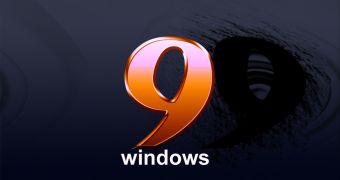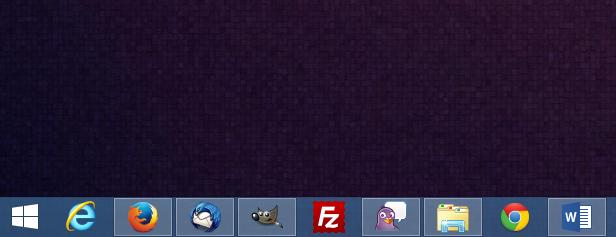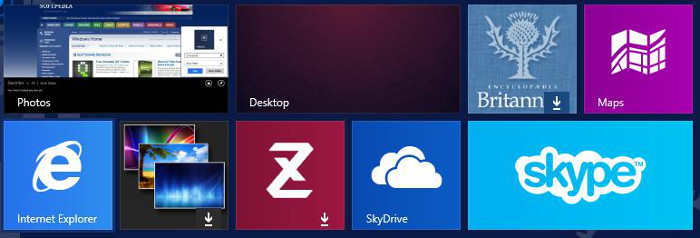Windows 8.1 is already on the market and, even though it brings so many great improvements, there are still a number of issues that are really annoying for some users.
Needless to say, some have even decided to stay away from Windows 8 and 8.1 until Microsoft fixes them and makes Windows a much better operating system.
But Windows 7 will eventually reach end of support as well, so users’ options are rather limited. Of course, Windows 9, which is said to be the company’s next full Windows release, is everyone’s main hope that things will get better for users.
According to some unconfirmed reports, Windows 9 is slated to make its debut in late 2014 or early 2015, with people familiar with the matter hinting that it would continue to put the focus on touch, just like the modern Windows 8.
And still, here are the five things that users do not really like in Windows 8 and that Windows 9 must improve in order to attract many more adopters.
1. The Start button
Windows 8.1 indeed brings back the Start button, but it’s pretty obvious that users aren’t really pleased with it. Instead of launching a Start Menu, it gets you to the Start screen which, let’s be honest, was the most controversial feature introduced in Windows 8.
Users clearly need an appropriate Start button that launches a Start Menu, and living proof is the plethora of third-party apps that can do that on Windows 8.
These tools are still experiencing a terrific success and, with the majority adding Windows 8.1 support too, it’s pretty obvious that Microsoft’s Start button wannabe isn’t the most appealing addition. Surprisingly, Microsoft hasn’t added an option to hide the Start button in Windows 8.1, so you’re pretty much stuck with it.
2. The Start screenAs mentioned, the Start screen is one of the most controversial features in Windows 8.1, mostly because it’s the kind of tool that comes in handy on touch-capable devices.
Microsoft has indeed implemented some more customization options in 8.1, but in order to get it right, the company still needs to enhance it with better mouse and keyboard support and even more tweaking settings.
That’s right, users like to customize the way things look on their computers so, in order to make the Start screen successful, you need to let them make it look just the way they want.
3. The blurry fonts
Unfortunately, this problem has been around for too much time and Microsoft doesn’t seem to find a way to fix it.
Users are reporting blurry fonts on both Windows 8.1 and Internet Explorer, which makes the two products not only almost impossible to use, but also less appealing than other products on the market.
We’ve recently reported such issues in Internet Explorer 11, the browser that’s already available in Windows 8.1, but also offered to Windows 7 users as an optional download. The blurry fonts show up on both platforms and, even though a number of workarounds are already out there, none make any difference. 4. The flat look and the lack of Aero
Windows 8 and Windows 8.1 indeed comes with a new appearance that looks appealing to some, but ugly for many.
The problem with this flat look, which to be honest seems to be some kind of trend nowadays, is that it replaces the awesome interface of Windows 7, which was based on Aero, a very eye-candy tech.
Aero is no longer available in Microsoft’s new-generation operating system and, even though users have called for the company to bring it back since the first beta versions reached the market, 8.1 comes with the same flat design.
Windows 9 would obviously win a few more users by bringing Aero back, but it’s pretty hard to believe that such a thing would actually happen.
5. The desktop
The desktop has indeed received a few more enhancements in Windows 8.1, but the main problem is that users still need to step into the Modern UI every once in a while.
Windows 8.1 comes with options to skip the Start screen and boot directly to desktop, but users clearly need more options in order to better make a difference between the traditional desktop and the touch-optimized Modern UI.
Designs that reached the web lately suggested that allowing Modern apps to run on the desktop in their very own windows could be a way to deal with this issue, but again, it’s hard to believe that Microsoft would turn to such a dramatic change for its next full Windows release.

 14 DAY TRIAL //
14 DAY TRIAL // 

